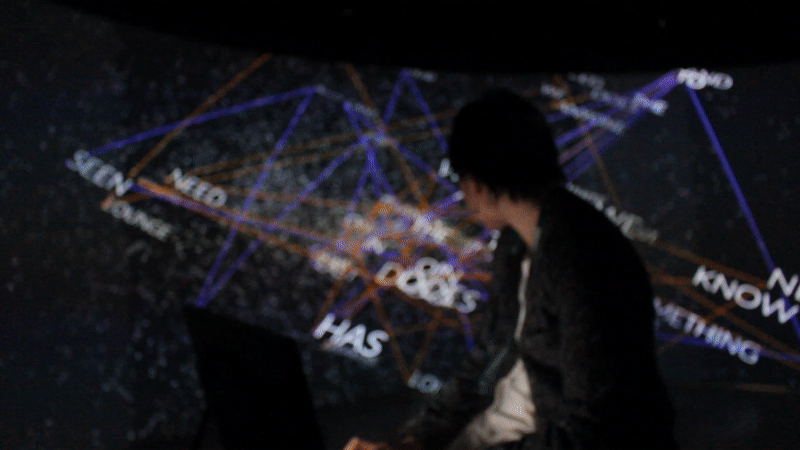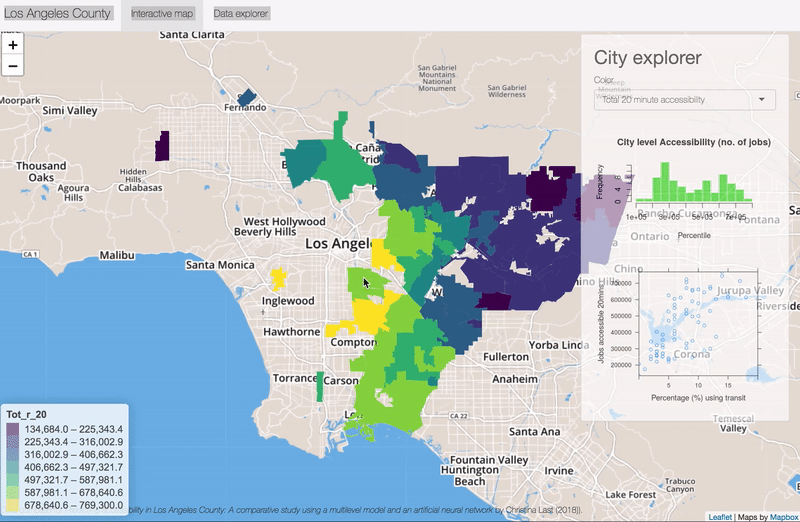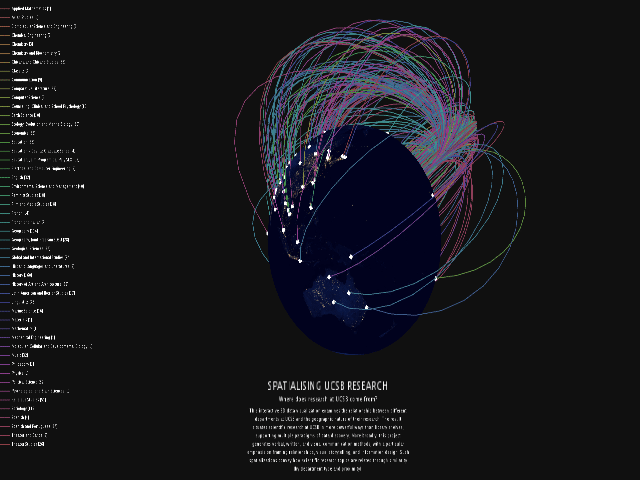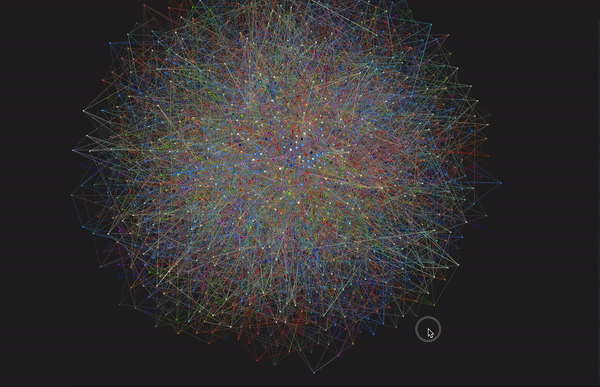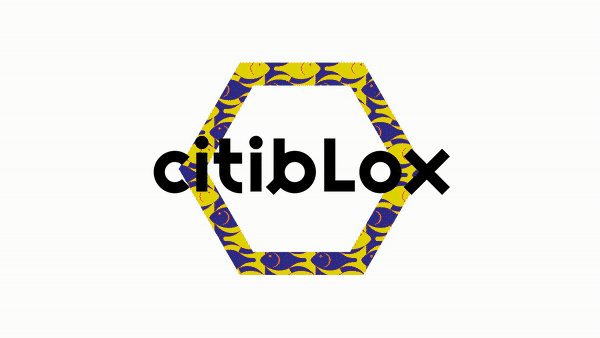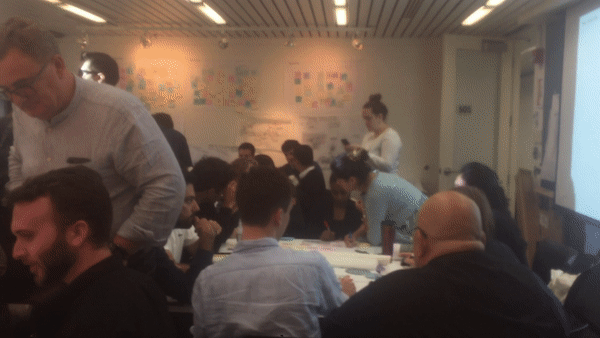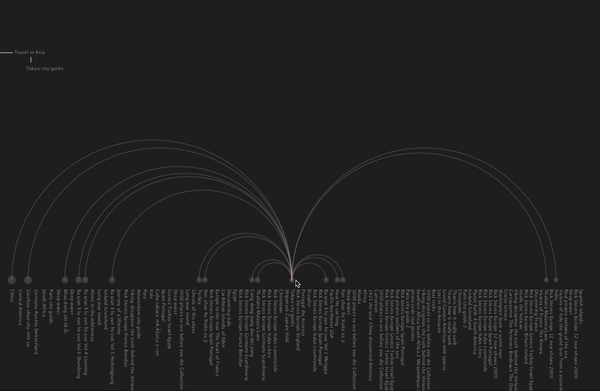Move the curb
A design sprint with Harvard University Graduate School of Design
CHALLENGE
To reimagine how our streets may look in a future were emerging technologies occupy a space on our curb.
PROJECT
A design sprint to re-think the curb in an age of emerging technologies.
To reimagine how our streets may look in a future were emerging technologies occupy a space on our curb.
PROJECT
A design sprint to re-think the curb in an age of emerging technologies.
DETAILS
Visiting lecturer for the Elements of the Urban Stack (PRO-7445) course in the Graduate School of Design in October 2019.
Visiting lecturer for the Elements of the Urban Stack (PRO-7445) course in the Graduate School of Design in October 2019.
Emerging technologies began to appear on our urban streets. Suddenly, everyone was talking about dockless vehicles, smart road networks, and even delivery drones.
But, as a consequence of technological advancement, our curb will inevitably become a contested terrain in the public realm of our cities.
To explore the design opportunities cities face, this design sprint will engage students to re think the space from the street to the building entrance, considering what happens at the curb and on the sidewalk, exploring the question:
"In order to emrace the opportunities associated with emerging technologies, how can we redesign the curb to accomodate competing users/uses?
"In order to emrace the opportunities associated with emerging technologies, how can we redesign the curb to accomodate competing users/uses?
Process 1: Background
Curbs have been used throughout modern history, as a powerful engineering solution to separate pedestrians from vehicles, people from utility pipes and wires, surface water and waste.
However, this space is being transformed by emerging technologies. Technologies such as CAVs, dockless vehicles, delivery robots and pedestrians will all be in competition for space on the curb. This presents an opportunity to pro actively reimagine the possible future of the curb in a world of emerging technology.
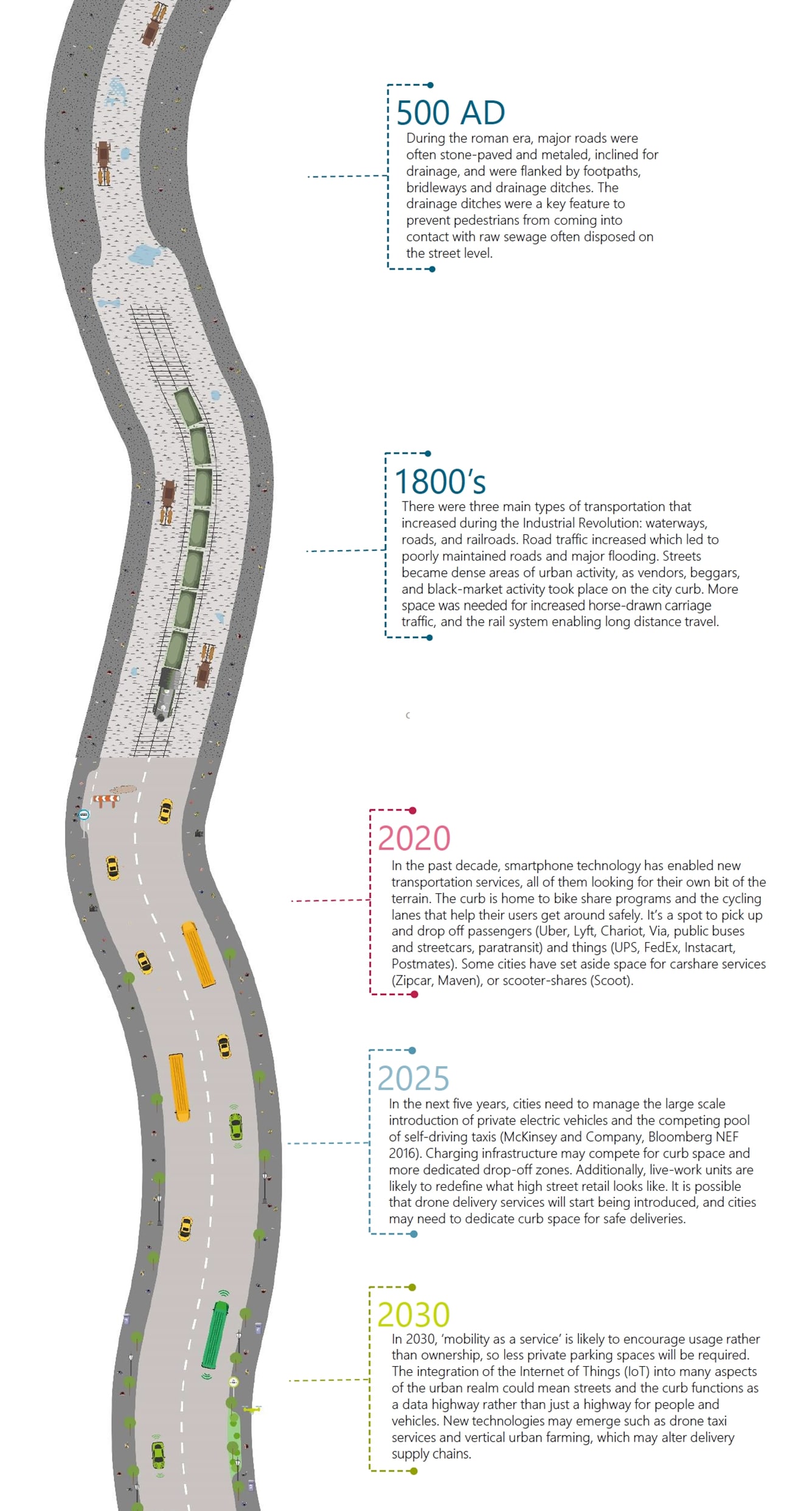
Process 2: Technology
While emerging technologies are perceived as capable of changing the status quo, it is likely these changes will occur over the next 10-15 years.The curb is home to bike share programs and the cycling lanes that help their users get around safely. It’s a spot to pick up and drop off passengers (Uber, Lyft, Chariot) and things (UPS, FedEx, Instacart , Postmates). Some cities have set aside space for carshare services (Zipcar, Maven), or scooter shares (Scoot).
In the next five years, cities need to manage the large scale introduction of private electric vehicles and the competing pool of self driving taxis. Charging infrastructure may compete for curb space and more dedicated drop off zones. Additionally, live work units are likely to redefine what high street retail looks like. It is possible that drone delivery services will start being introduced, and cities may need to dedicate curb space for safe deliveries.
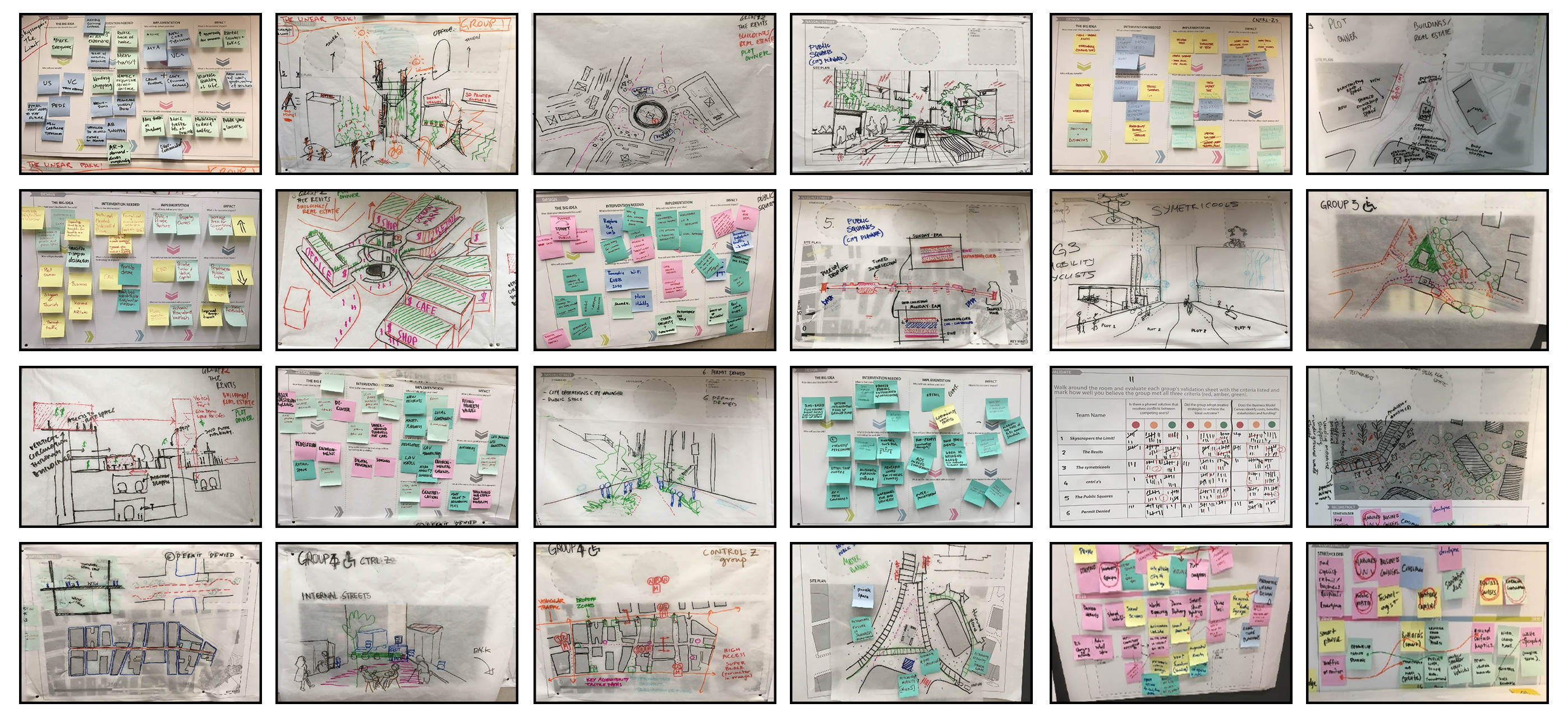
Process 3: Sprint
The first major exercise allowed teams to focus on their primary stakeholder to reimagine the future of Harvard Square. The following activity encouraged students to engage with competing stakeholders as well as other emerging technologies and how these influence their vison. The teams were also encouraged to map how technological change would need to be incorporated into their designs to accommodate future time periods.
To finish the design sprint, each student was asked to review each individual teams’ materials and provide an indication of the relative score for each team against three key questions:
1. Is there a phased solution that resolves conflict between competing users?
2. Did the group adopt creative strategies to achieve the ‘ideal outcome’
3. Does the operating model identify costs/ revenues, benefits, stakeholders and funding?
Process 4: Conclusions
The curb (and the broader public space) is congested and it has to serve a number of different stakeholders and use cases. Whilst we started the design sprint looking at the lenses of individual stakeholders, the students quickly appreciated that the stakeholder landscape is multi dimensional with competing needs. This will be become further complex as technology evolves. Digital services and systems, however, could hold the key to improving user experiences and the effectiveness of the curb in the future.
I delivered the design sprint to graduate students at Harvard GSD, the CEO of BuroHappold, the CEO of Sasaki Architects and the Head of GSD in October 2019.
